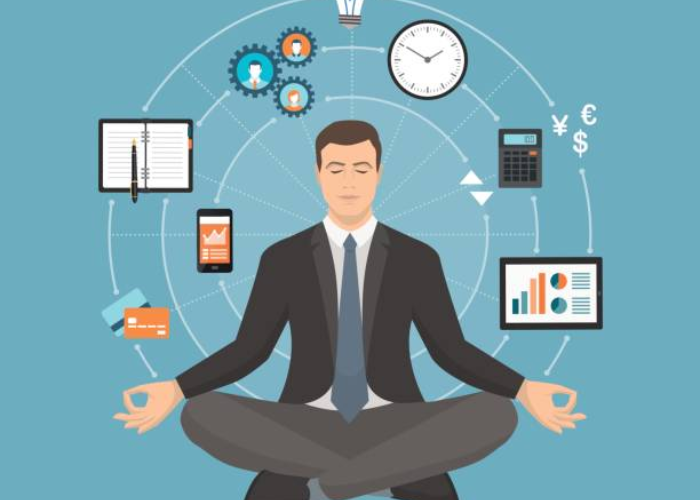The Art of Mindful Living: Finding Balance in a Hectic World
Mindfulness is a form of meditation that has grown in popularity in recent years. It is a practice of focusing on the present moment, allowing for a greater sense of awareness and control over one’s thoughts and emotions. Mindfulness has been touted as a way to reduce stress, improve mental and physical health, and increase overall happiness. As such, it has been adopted by many people as a part of their daily routine.
What is Mindfulness?
Mindfulness is a practice of paying attention to the present moment non-judgmentally, with an attitude of openness and curiosity. It requires letting go of worries, anxieties, and judgments, and instead focusing on the present moment. This can include paying attention to the physical sensations in your body, such as your breath or the feeling of your feet on the ground. It can also involve focusing on your thoughts and emotions without judgment or criticism.
By focusing on the present moment, mindfulness allows us to experience life more fully, as well as to be more aware of our thoughts and emotions. This can lead to greater clarity and insight, as well as a greater sense of peace and calm.
Benefits of Practicing Mindfulness
The practice of mindfulness has been shown to have numerous benefits, both physical and mental. Physical benefits include improved immune system functioning, lower blood pressure, and improved sleep. Mental benefits include increased focus, improved memory, and decreased stress. Mindfulness has also been shown to reduce symptoms of depression and anxiety, as well as increase overall happiness.
How to Practice Mindfulness
The practice of mindfulness is simple, but it can take some time to master. The most important thing is to be consistent. Start with five minutes a day and gradually increase the time as you become more comfortable with the practice.
There are many different types of mindfulness exercises that you can practice. One popular exercise involves focusing on your breath. Find a comfortable position, close your eyes, and focus on the sensations of your breath. When your mind wanders, simply come back to the feeling of your breath.
You can also practice mindful body awareness, which involves focusing on the sensations in your body. Begin by focusing on your feet, and then slowly move up your body, focusing on each sensation as you go.
Using Mindful Living to Find Balance in a Hectic World
Mindful living can be an invaluable tool in a world that is often chaotic and stressful. By focusing on the present moment, we can gain a greater sense of control over our thoughts and emotions. This can help us to stay present and focused, even in the midst of chaos.
Mindfulness can also help us to become more aware of our thoughts and emotions. This can help us to become more aware of how our thoughts and emotions affect our behavior, and to make more conscious decisions about how we respond to situations.
Tips for Maintaining Mindful Living
Practicing mindfulness on a regular basis is the best way to maintain mindful living. Here are some tips for making mindfulness a part of your daily routine:
- Make a commitment to practice mindfulness every day.
- Set aside a specific time each day to practice mindfulness.
- Find a comfortable place to practice mindfulness.
- Begin with a few minutes of mindfulness and gradually increase the time as you become more comfortable.
- Try different types of mindfulness exercises to find what works best for you.
- If you find yourself becoming distracted, simply come back to the present moment.
- Focus on your breath as a way to come back to the present moment.
Conclusion
Mindfulness is a powerful tool that can help us to find balance and peace in a hectic world. By paying attention to the present moment, we can gain greater insight into our thoughts and emotions, and learn to respond to situations in a more conscious way. With regular practice, mindfulness can help us to reduce stress, improve mental and physical health, and increase overall happiness.














Post Comment